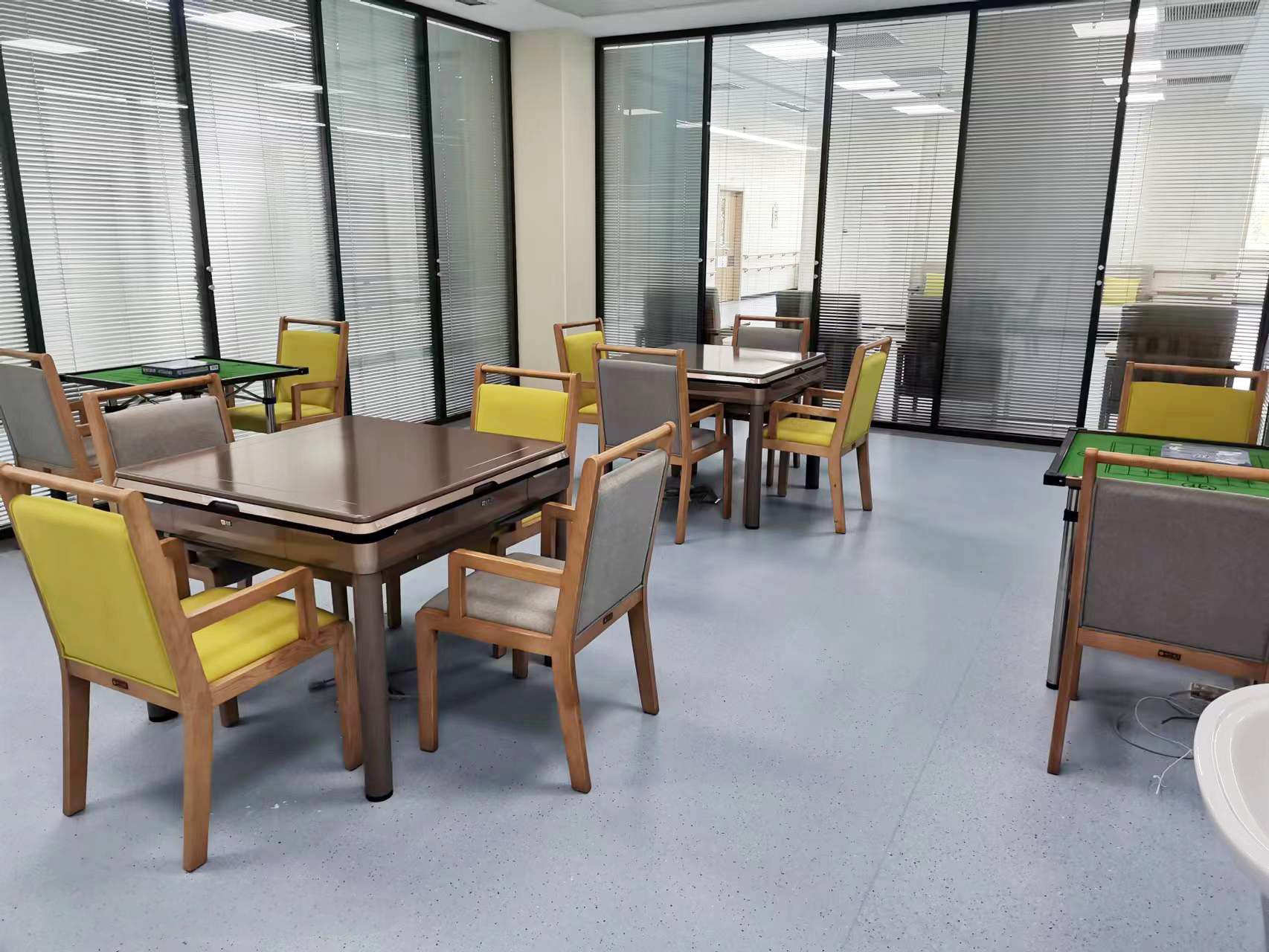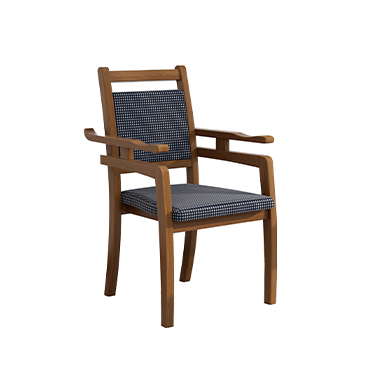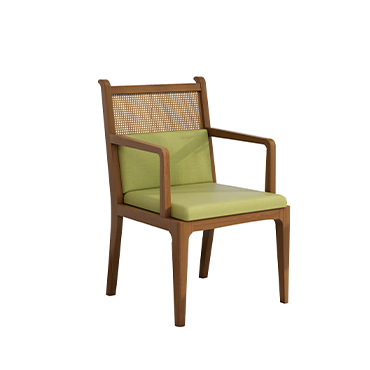Japan’s Home Care Model Explained (Part 2) — Diverse Care Facilities & Integrated Care Teams
Diverse Care Facilities
In Japan, long-term care service providers are mainly divided into facilities and offices. Facilities provide comprehensive, long-term services, while offices deliver short-term, high-frequency day care and home visit services.
Care Facilities
Public Facilities:
1.Special Nursing Homes (Tokuyo): Long-term, comprehensive care with low fees.
2.Health Care Facilities for the Elderly (Roken): Transitional care between hospital and home, typically 3–6 months stay.
3.Medical Care Facilities for Elderly (Kaigo-Iryoin): Medical management and long-term care for chronic patients.
4.Medical Long-Term Care Facilities: Attached to hospitals, provide medical and care services, merging with Kaigo-Iryoin after March 2024.
Private Facilities:
1.Paid Nursing Homes: Include life support, nursing, and rehabilitation.
2.Residential Paid Homes: Larger scale, offering recreational activities; nursing often provided through cooperation with care offices.
3.Group Homes: For dementia patients living together.
4.Senior Apartments: Independent living with care services provided by nearby care offices.
Care Offices
1.Small multifunctional offices: Provide day care, short-term stays, and home visits; some offer 24-hour support.
2.Home-visit agencies: Focus on bathing, short-term care, home assistance.
3.Community Support Centers: Core to the integrated care system, coordinating residents and service providers, assisting with insurance applications, and connecting services.
Medical Facilities
Home healthcare includes specialist hospitals, home-care support hospitals/clinics, general clinics, and pharmacies. Home-care support hospitals and clinics provide 24/7 in-home services and end-of-life care.
Full-Chain Service Content
Japan’s full-chain home care includes nursing services and home healthcare, ensuring seamless support for daily living, health management, rehabilitation, preventive guidance, and life support. Home healthcare is patient-centered, with doctors providing on-demand visits. Key services include:
1.Post-discharge support: Initial home assessment and service plan.
2.Routine home care: Regular visits, monitoring, rehabilitation, and medication management.
3.Emergency response: Immediate medical support and referrals.
4.Palliative and end-of-life care.
Technological integration improves service quality, including mobility aids, monitoring, bathing assistance, and portable diagnostic devices (X-ray, ultrasound, ECG, eye exam tools).
Integrated Medical-Care Teams
Professional care teams include care workers, nurses, social workers, care managers, physicians, and support staff. Care managers coordinate resources to optimize service delivery.
As of 2019, Japan had 2.106 million care service personnel, with facilities and home care offices employing the largest numbers. By 2035, approximately 2.97 million personnel will be required, leaving a gap of ~690,000 workers. The government is increasing salaries, providing training, and leveraging technology to ensure sustainable, high-quality care.





